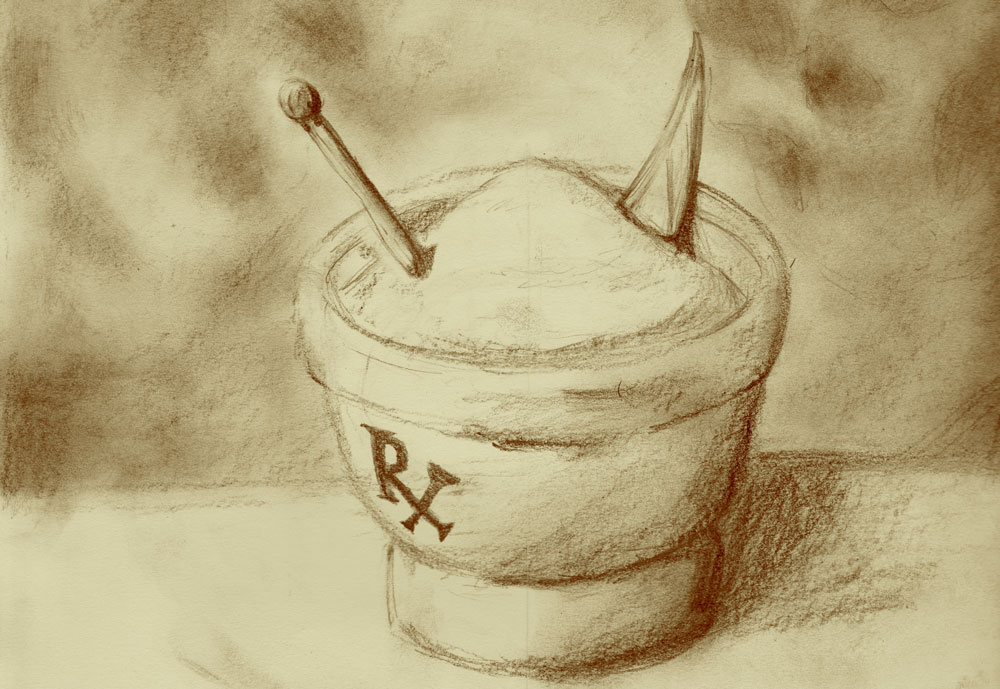OPIOID EPIDEMIC IS CONCERNING, NEEDS ATTENTION
According to the National Institute on Drug Abuse, more than 130 Americans overdose on opioids every single day. Drugs such as the newly infamous fentanyl, heroin, and even prescription pain killers are ravaging our country – and it’s only supposed to get worse.
The White House declared the opioid crisis a public health emergency in October 2017 and followed with an administration pronouncement that showed “the nation’s opioid death rate is five times higher than it was in 1999, and is likely to remain there or climb higher in the years to come.”
In an article titled “The Opioid Crisis is Here to Stay for Years” from U.S. News & World Report, an analysis from the federal Centers for Disease Control and Prevention (CDC) provides a clearer picture of the growing epidemic. The study shows that opioid mortality has been rising since the late 1990s – when the opioid OxyContin was the hottest painkiller prescribed by doctors; however, after deaths due to this drug began to rise, doctors began limiting access to legally prescribed opioids in 2007. The limitations ended up causing even more damage, however. The report notes: “The demand fueled by those cutbacks led desperate users to turn to heroin and the ultrapotent fentanyl, fueling a shift that caused overdose deaths to start skyrocketing in 2014. The opioid death rate reached its recent peak of 14.9 deaths per 100,000 people in 2017, with little sign of true progress since then.”
Adults aren’t the only ones being affected by this; it has drastically impacted America’s youth.
Yale University published a study in December 2018 that showed that nearly “9,000 children and adolescents in the U.S. died from prescription and illicit opioid poisonings between 1999 and 2016, and that the related mortality rate surged by nearly 270 percent during that period.”
The majority of those deaths occurred among those 15 to 19 years old. Treatment options for anyone under 18 are incredibly hard to come by, and the individuals are often not told about – or straight-up denied – craving-reducing medications such as methadone, buprenorphine, and naltrexone just because they are underage, the report states: “A study by Dr. Scott Hadland, a pediatrician, assistant professor at Boston University and researcher at Boston Medical Center’s Grayken Center for Addiction and others of nearly 5,000 Medicaid-enrolled youths between the ages of 13 and 22 with a diagnosed opioid use disorder in 2014 and 2015 found that less than a quarter received medication for their treatment within three months of being diagnosed, and most received only behavioral health services. Only 5 percent of those under age 18 received timely treatment with medication.”
How did this happen? How can these death rates rise so drastically in a matter of years?

Illustration by Eli Rankin / the Advocate
It all started with greedy, big business pharma companies and nationwide over-prescription.
The epidemic is often looked at in three waves. The first, spanning from the late 1990s to the early 2000s, began with the mass prescribing of opioids, fueled by Purdue Pharma, the creator of OxyContin, by claiming that the drug was a safe, effective alternative to other painkillers and could be used to help anything – even simple migraines! Of course, the drug (the original Oxycodone – Oxycontin is the time-release version that exploded among the public) was originally prescribed specifically to individuals with terminal cancer. This kick-started the widespread misuse and addiction.
The second wave took off in the 2000s when heroin flooded the illicit market and drug dealers took advantage of opioid addicts who either lost access to painkillers or sought a ‘better’ and ‘cheaper’ high. We are currently in the third wave, the rise of the synthetic opioid, fentanyl, the more potent, cheaper, and deadlier alternative to heroin and causing many more overdoses.
“Even when the consumers (think they) are buying Percocet or Vicodin online, in many cases what they’re getting is pressed fentanyl… in doses that are unreliable, where there’s a high variability from pill to pill and there’s a risk they’re going to get a lethal dose,” stated FDA Commissioner Dr. Scott Gottlieb, in an article for US News.com.
We suggest individuals who ingest such drugs should test the substance before taking it. Test kits can be purchased online and they could possibly save you or a loved one from overdosing.
We at the Advocate encourage anyone affected by this epidemic to reach out for help, and support those they know who are struggling with addiction.
If someone you know is suffering from addiction or you think they might be, check in with them. Ask how you can help. If you need help there are services available here on the Mt. Hood campus, such as the Counseling and Career Center, and for 24-hour support, you can call the opiates hotline at 1-877-326-2204 or the Substance Abuse and Mental Health Services Administration national help line, at 1-800-622-4357.

Leave a comment